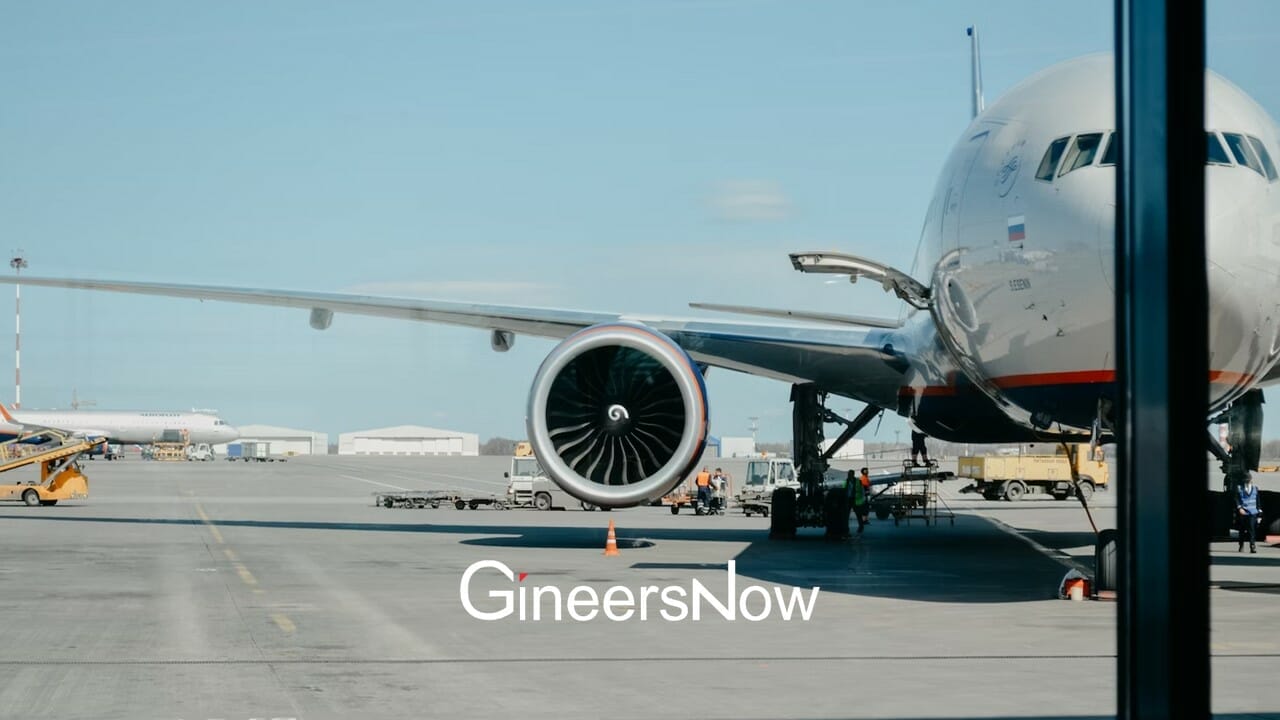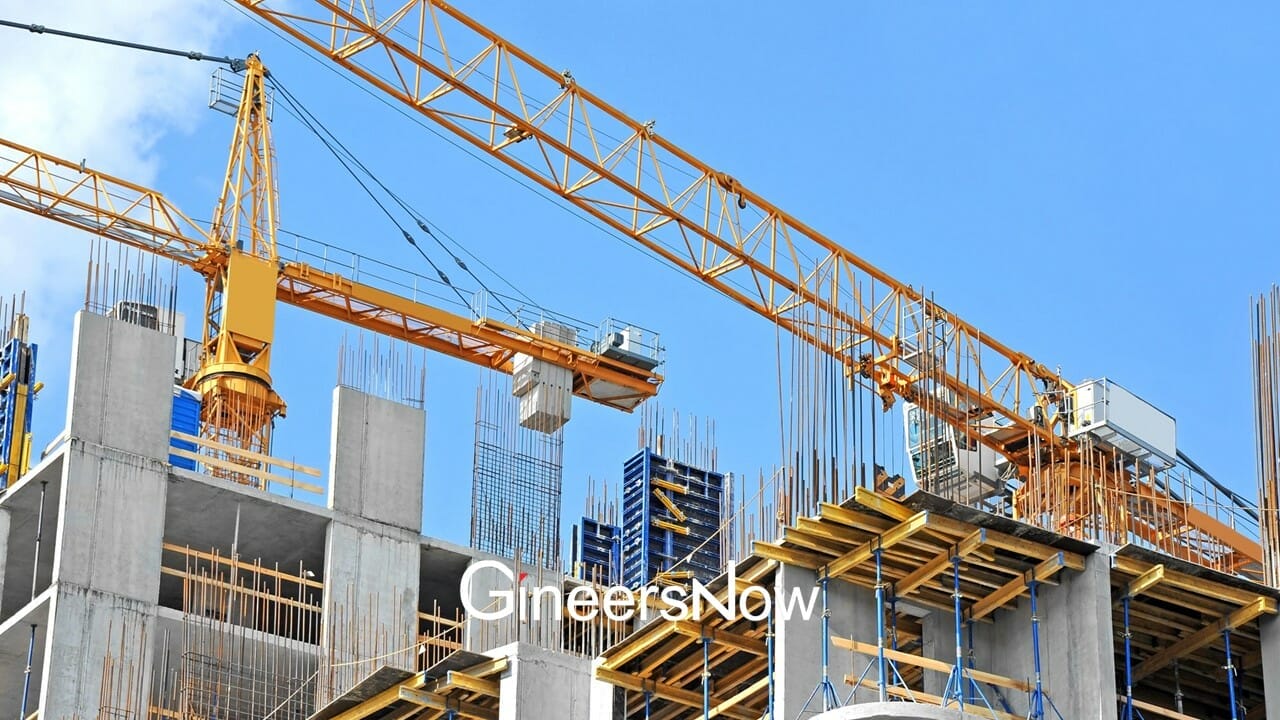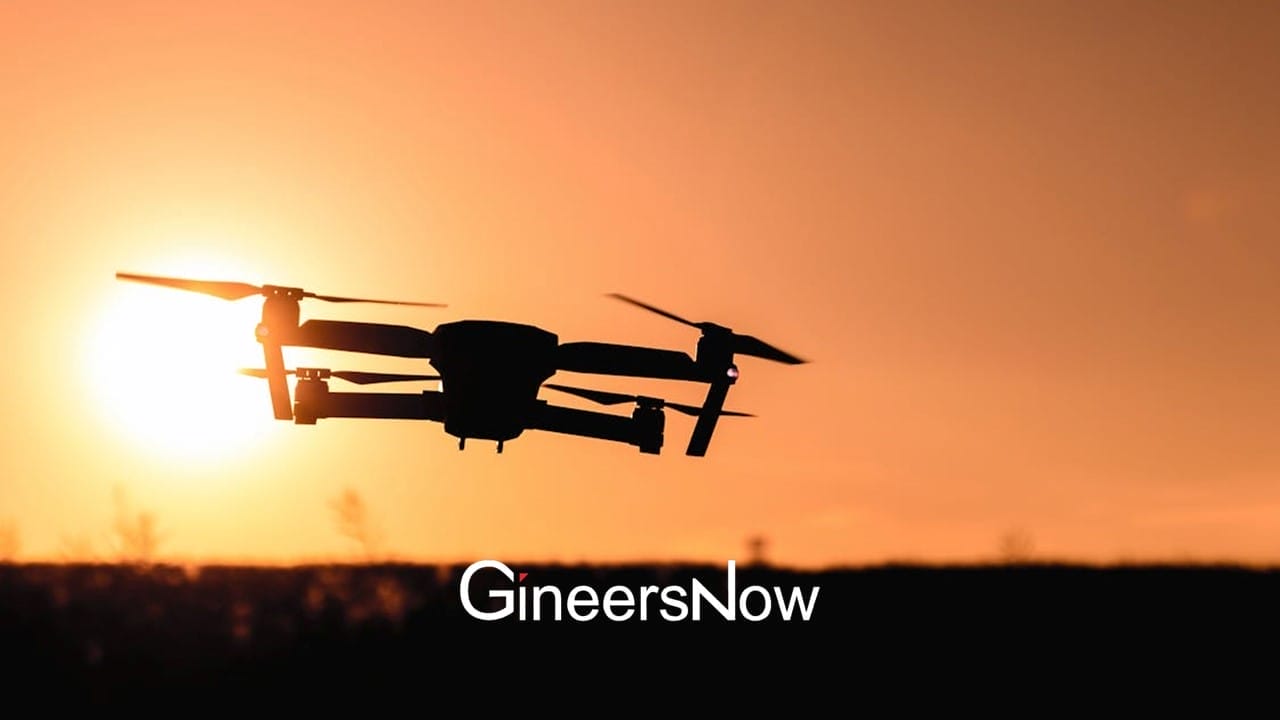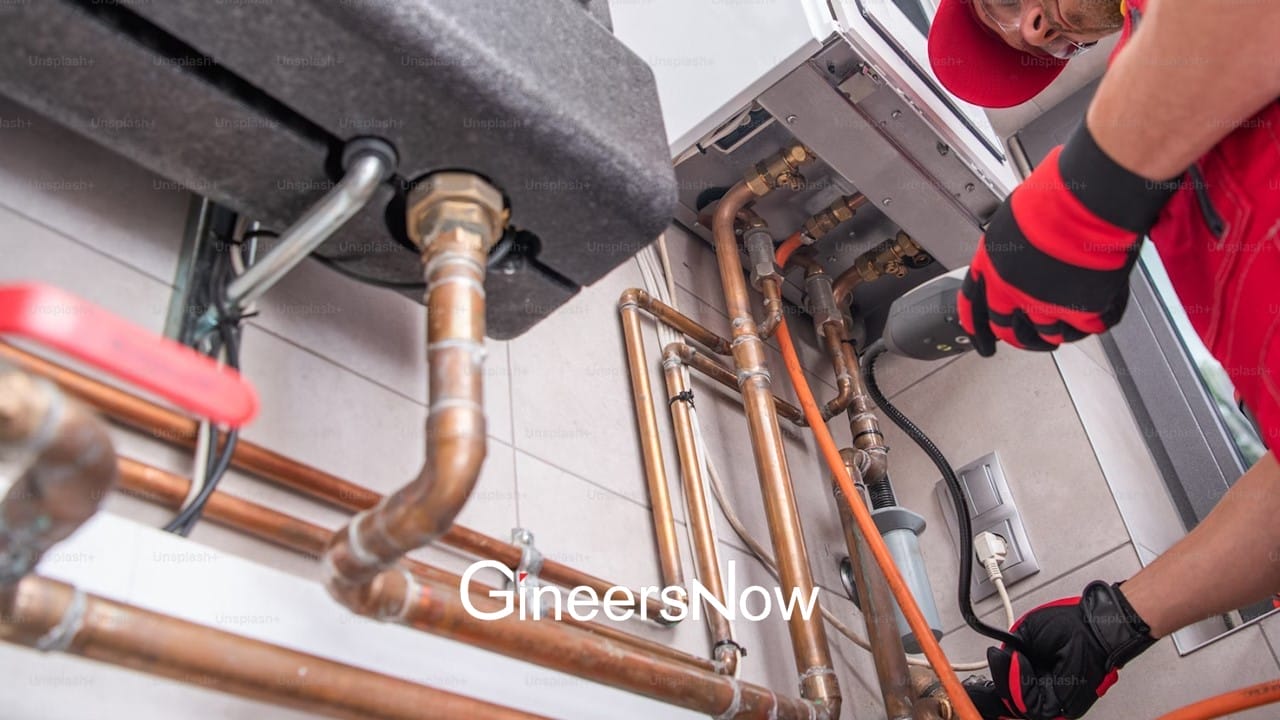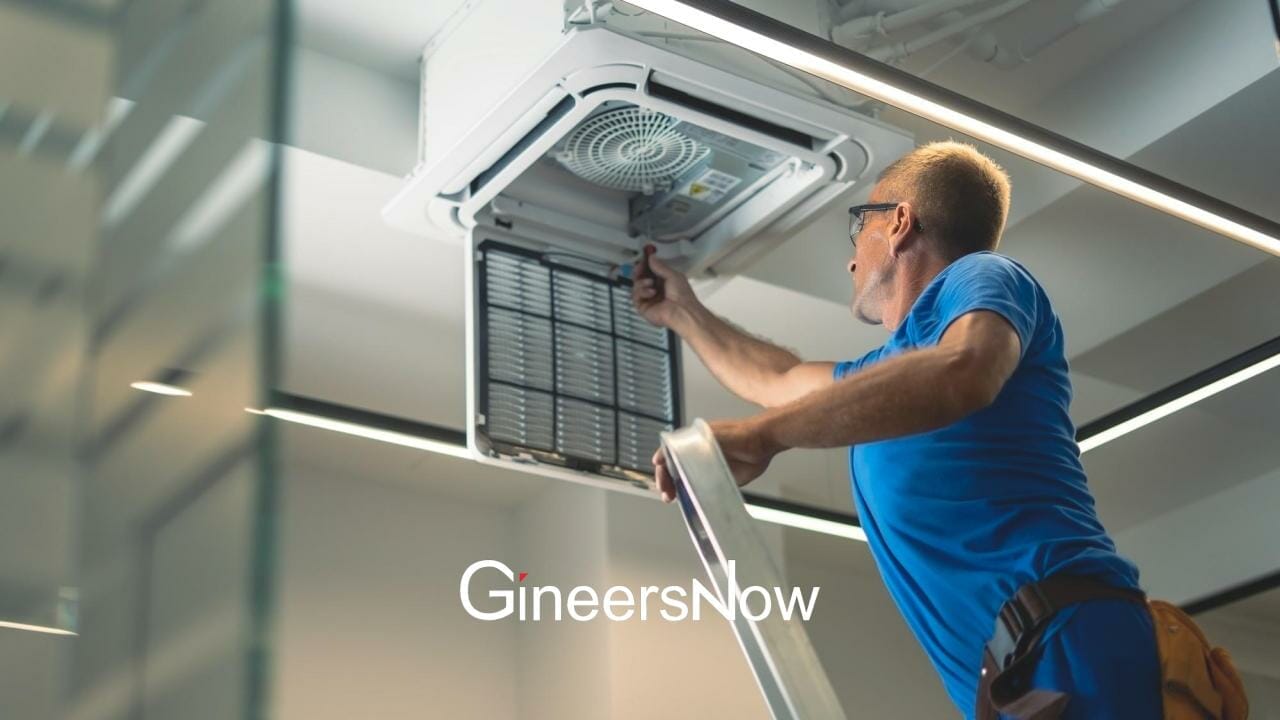The aerospace industry is a very complex and delicate sector that is heavily regulated by government bodies. Companies in this sector need efficient and well-structured supply chain processes to operate smoothly. Their operations include the manufacturing, assembly, and maintenance of commercial, private, and government aircraft. These operations rely on the constant purchase and supply of aircraft parts, quality control, distribution, and other key supply chain activities.
The government is one of the major clients in the aerospace industry because they use planes for national defense and transporting political leaders. These are critical functions, and the government partners with companies like Greenwood Aerospace to leverage their reliable supply chain solutions and expertise to maximize operational readiness. Click here to learn more about Greenwood Aerospace and its services to the United States government, defense contractors, and others.
What Aerospace Supply Chain Entails
There are several processes that make up the aerospace supply chain, and they all require experienced personnel to be carried out effectively. Here is a list of them:
Procurement
Procurement in the aerospace industry involves identifying and selecting suppliers that can source and deliver the raw materials and components needed to manufacture aircraft. This process also involves contract negotiation and the verification of material quality to ensure industry standard compliance.
Logistics
The logistics process involves transportation, storage, inventory management, and distribution of all the raw materials and components procured. These materials must be promptly delivered to aircraft manufacturing facilities to avoid production delays. Aircraft components are of different weights and sizes. As a result, they need a proper logistical approach to be moved seamlessly and cost-effectively.
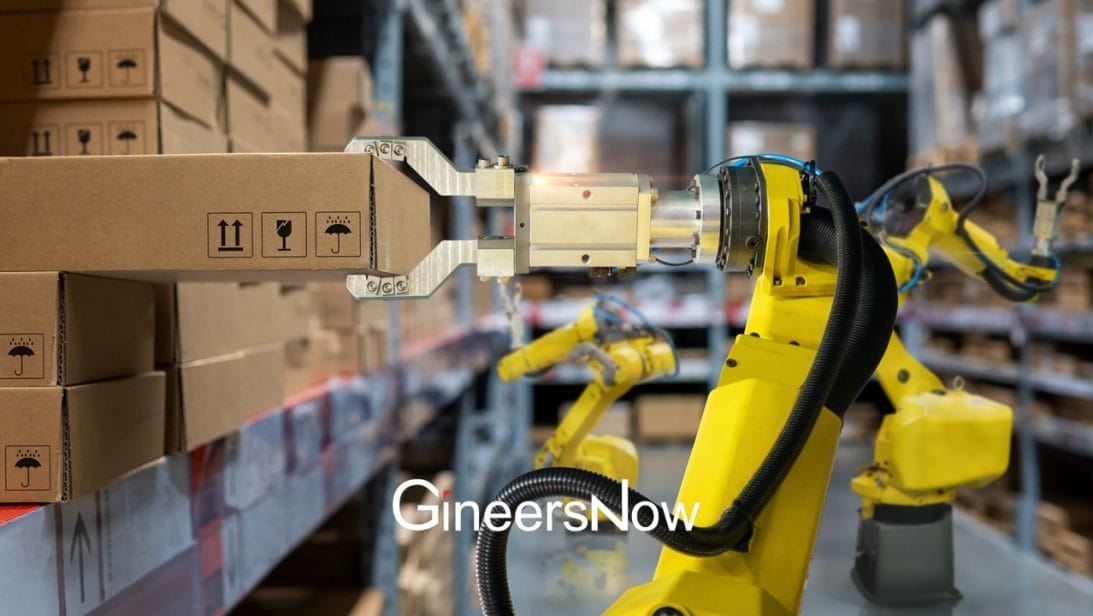
Production planning
During the production planning process, supply chain personnel determine the timing and sequence of manufacturing aircraft to satisfy clients’ demands. These aircraft should be produced cost-effectively without neglecting industry standards and safety regulations. While planning, aircraft manufacturers should factor in their factory production capacity, available resources, and lead time. This allows them to give their clients accurate estimates of when each aircraft will be ready.
Quality control
This quality control process is crucial as it determines whether the manufactured aircraft meets the client’s specifications and industry regulations. This process also verifies the safety and reliability of the aircraft. Aerospace supply chain personnel should rigorously conduct quality control checks from the procurement of raw materials to the aircraft test drive. This is because aircraft are expensive to produce, and accidents can be fatal.
Aftermarket support and maintenance
The aerospace supply chain extends to aftermarket support because aircraft need regular repairs and maintenance to keep them in optimum flying condition. This support includes the timely supply of spare parts, logistical support, and technical expertise to ensure manufactured aircraft remain in service. Quality aftermarket support increases customer satisfaction and helps foster long-term relationships between clients and supply chain solution companies.
Endnote
A well-structured supply chain is essential to run aerospace companies effectively. The supply chain processes are challenging and require the services of experienced personnel to pull off successfully. Reputable companies like Greenwood Aerospace work with these experts to deliver quality supply chain solutions to government agencies, defense contractors, and private firms.


